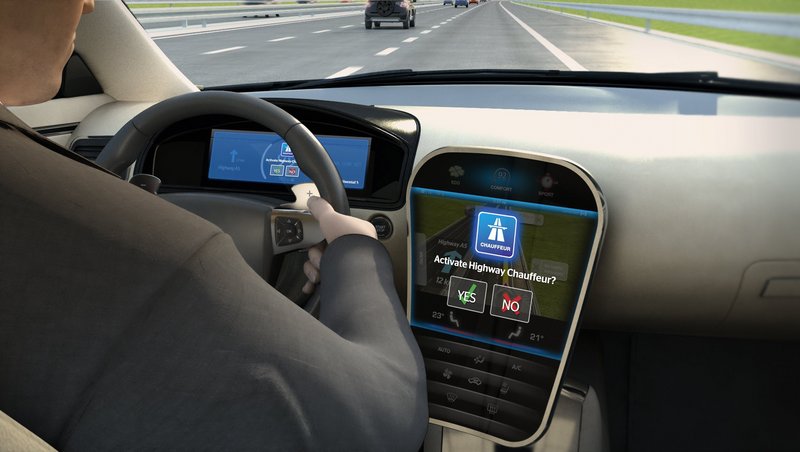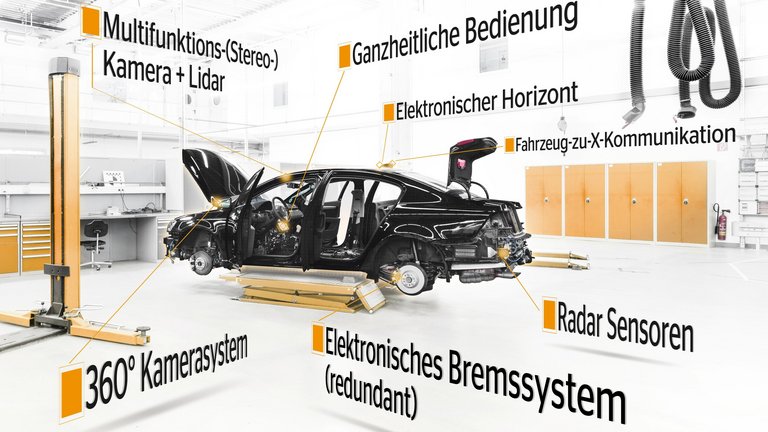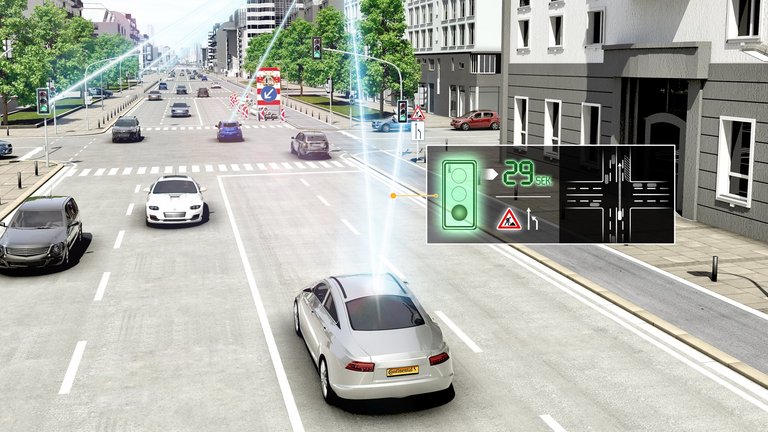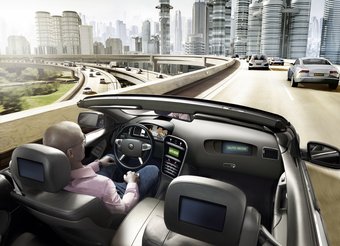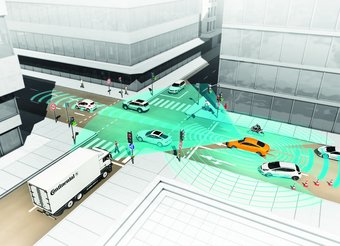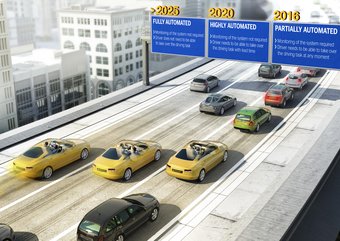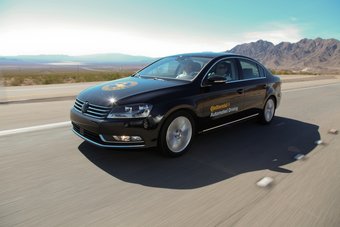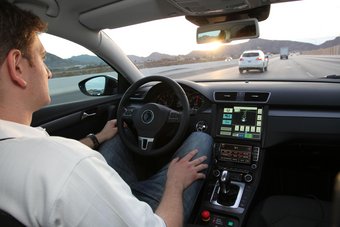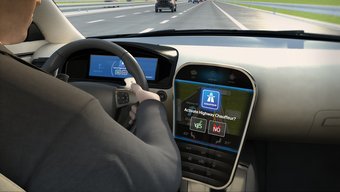Continental Welcomes International Initiatives to Develop Legal Framework for Automated Driving
- Highly automated driving on the interstate highway technically feasible by 2020, but the international legal framework and specific radio channels are lacking
- Technology company Continental calls for the next steps to be implemented in developing the legal framework for taking automated driving to the next level
- Acceptance largely depends on easy-to-understand standards for human–machine Dialog
Hanover, February 28, 2017. Zero accidents, comfortable driving, clean air – mobility of the future offers major opportunities. The technology company Continental is working hard on the development of systems and solutions designed to act as electronic chauffeurs for drivers. During trips along interstate highways, for example, highly automated driving will free up time for drivers to engage in non-driving-related tasks while behind the wheel. As the international legal framework currently stands, however, this scenario is a long way off. Continental welcomes the discussion initiated by the G7 countries aimed at developing a standardized legal framework, but calls for international – not merely national – regulations. The experts at the technology company also recommend the development of reliable radio networks for sharing data among the vehicles and infrastructure as well as clear rules for ensuring unambiguous dialog between cars and drivers in challenging traffic situations.
“Further technological development depends on a modern legal framework,” says Kurt Lehmann, Corporate Technology Officer (CTO) at Continental, warning against the application of outdated legal provisions. But although the aim of “Vision Zero” is zero road deaths by 2050, the current legal texts do not take into account the various issues surrounding the use of intelligent vehicles. “We want accidents to be a thing of the past, but this will remain purely a Utopian vision as long as the road traffic acts fails to consider the use of state-of-the-art technologies or excessively restricts the technological opportunities,” says Lehmann.
Automated driving opens up a range of possibilities for drivers
“Offering enhanced comfort and safety, automated driving does not impose any restrictions on drivers. This new technology makes driving on the roads a more attractive proposition,” explains Lehmann. “In addition, thanks to swarm connectivity, we are – literally – expanding the vehicle’s horizons.”
Thanks to traffic data from other vehicles or infrastructural systems, road users otherwise hidden around bends or behind crests in the road can be detected early on. “A hazardous confusion of data could occur if an important data channel for rapidly transmitting road traffic data is used by another service,” explains Lehmann. To ensure greater road safety, therefore, Continental is urging the implementation of an exclusive bandwidth of 5.9 GHz for road traffic as soon as possible.
Focus remains on drivers and passengers
With automated driving, it must also be ensured that everyone knows exactly who is responsible for what and when. Misunderstandings with partly automated functions could end tragically. “As long as a vehicle is not completely autonomous and a human has to be able to take control at any given point, it should be ensured that this can actually take place,” explains Guido Meier-Arendt, the leading Continental expert in the dialog between drivers and cars. In addition to its own work on these handover scenarios, the technology company also wants to see a legal framework designed to ensure that drivers are prompted via at least two senses – sight and hearing, for example – to assume responsibility for driving. To ensure that drivers are informed sufficiently in advance when the vehicle is driving itself, the vehicle electronics have to know what the driver is currently doing. Even if the driver is engaged in non-driving-related tasks, dialog with the driver can be adapted so that they are ready sufficiently in advance to take control of the wheel again.
Towns and cities also have to be “upgraded” over the long term
Over the long term, towns and cities also have to be readied for automation. “Intelligent vehicles interact most effectively with intelligent traffic signals,” says Lehmann. By sharing data with vehicles, “smart” traffic lights, for example, will be capable of changing their behavior in line with traffic density. “An interconnected infrastructure that communicates with vehicles will help us to escape from the digital dead-end of the urban infrastructure and will act as another data highway for enhanced safety and comfort and – last but not least – lower emissions.”
The ball is in the legislator’s court – engineers all over the world are working intensively on systems and solutions
The rapid global development of automated technology for road traffic means that legislators are required to respond as a matter of ever-increasing urgency. Clarifying liability issues, putting in place state-of-the-art structures and approving tested products are the final hurdles on the road toward automated driving. As soon as a clear and unambiguous legal basis has been formulated at international level and can be applied in the various national legal systems, it will not be long before drivers can start enjoying the new range of functions and features. According to the current state of planning, fully automated driving is expected to be a viable proposition from 2025 onward. During trips along interstate highways, for example, fully automated vehicles will allow drivers to, if they wish, hand over full driving responsibility to the system.
